#LuxurySedans
Junkyard Find: 1992 Mazda 929
When we think about rear-wheel-drive Japanese luxury sedans of the early-to-middle 1990s, the Toyota Cressida, Lexus LS 400 and Infiniti Q45 come to mind immediately. Mazda was in that game as well, though, with the all-but-forgotten 929, and I've found one of those rare cars in a Colorado junkyard.
Junkyard Find: Gray-Market 1981 Mercedes-Benz 380 SEL
Of all the European-market new cars that flooded into the United States during the wild gray-market years of the early and middle 1980s, the Mercedes-Benz W126 S-Class appears to have been the most popular. Today's Junkyard Find is one of those cars, found in a self-service boneyard near Denver, Colorado.
Junkyard Find: 1991 Alfa Romeo 164 L
Alfa Romeo took a break from the North American car market during the 1996-2008 period, and the very last Alfa model available here before the company's strategic retreat was the 164 sedan. Here's one of those cars, found in a Northern California boneyard in November.
Junkyard Find: 1978 Mercedes-Benz 450 SEL
The W116 was the first Mercedes-Benz to get the S-Class designation from the factory, and it was sold in North America from the 1973 through 1980 model years. During the darkest days of the Malaise Era, the W116 was a rare bright spot of performance and build quality, and I still see quite a few of these cars during my junkyard travels (because they took this long to wear out). Here's a late-production W116 sedan, found in a self-service Colorado yard last summer.
Rare Rides Icons: The History of Kia's Larger and Full-size Sedans (Part XIII)
Last time in our Kia large car saga, we learned much about the second-generation K9. Kia’s large, rear-drive luxury sedan wore K900 badging most places (including North America) but was also called Quoris on occasion. After a first generation that failed to capture the interest of global consumers, Kia went bigger and better for its second attempt.
The larger, more luxurious, and more refined K900 debuted in 2018 for the 2019 model year. It was as good a car as Kia could offer, a statement that was printed with an asterisk: From inception, any Kia flagship had to be lesser than its Genesis (nee Hyundai) sibling. Not as large, not as luxurious, not as showy, not as expensive, and without a long-wheelbase limousine. Let’s find out how it fared.
Rare Rides Icons: The History of Kia's Larger and Full-size Sedans (Part XII)
In our last installment of Kia’s large sedan history, we took a look at the second generation Cadenza. With its second salvo at the likes of the Toyota Avalon and the Buick Lacrosse, Kia planned to capture the near-luxury sedan customer who cared about value. Unfortunately, the Cadenza didn’t excel at anything in particular, and failed to stand out against more established competition.
A similar story played out a few years before when Kia introduced the first full-size rear-drive luxury car it ever designed in-house. Called the K9 (Quoris or K900 elsewhere), the large sedan shared a platform with the new rear-drive Hyundai Equus. Both sedans were the flagship offerings at their respective brands.
The Equus was flashy and almost American-inspired, while the K9 was conservative and understated. But it turned out a large and anonymous looking luxury car was not to the taste of most customers. Even in its home market, buyers vastly preferred the Equus and its large winged hood ornament. What was Kia to do?
Rental Review: The 2020 Audi A5 Sportback, a Bit Damp
It’s a new week, and I’m back with another German car Rental Review for your enjoyment! Today’s rental is one of two American market entrants into the premium compact five-door liftback segment, and not a car one expects to find in an Enterprise lot. Presenting a 2020 Audi A5 Sportback, two years and 50,000 rental miles later.
Rental Review: The 2021 BMW 530i XDrive, Interference at No Cost to You
As a fan of the midsize luxury sedan class, it’s sad to see how many manufacturers have given up on the segment. The German trio still has their stalwarts, but Japan gave up in 2020 (RIP Lexus GS), the only American still in the ring is the Cadillac CT5, and its outlier status is accompanied by newcomer Genesis with the G80.
It’s a dying class, which is why your author was especially pleased to spend the Memorial Day weekend with a longstanding headliner of the German luxury sedan genre: A 2021 BMW 5-Series.
Junkyard Find: 1996 Buick LeSabre Wildcat Edition
During the bling-and-horsepower-crazed 1960s, The General’s Buick Division took the full-size B-Body platform, added a hot engine and flashy trim, and called it the Wildcat. Not many well-heeled grandfathers felt interested in doing land-yacht burnouts in the VFW parking lot, it turned out, so Wildcat sales ended after 1970… but a yearning for the glory days of the Wildcat must have inspired some Buick dealers to create their own Wildcats during the 1990s. Here’s one of those rare special-edition cars, found in a Denver-area self-service yard.
2023 BMW 7 Series: Everything but the Kitchen Sink
While it never managed to reach the notoriety of the Mercedes S-Class, BMW’s 7 Series has long been a popular alternative for well-dressed henchmen in action movies. There have even been periods where the Bimmer came pretty close to matching Daimler’s flagship sedan in terms of sales. But BMW’s decision to take what was effectively a well-appointed sports sedan and reform it into a limousine with an optional 601-horsepower V12 seems to have backfired.
The 7 Series is allegedly getting more in touch with its roots for the seventh generation (G70/G71) model and throwing in the all-electric i7 for good measure. However, the resulting automobile still looks to be following the lead of the Mercedes, rather than focusing on being the “ultimate driving machine” of yore. Meanwhile, BMW is pulling out all the stops in terms of styling and is throwing down every modern technology at its disposal.
Junkyard Find: 1990 Lexus LS 400
While Honda was the first Japanese car company to have a North American showroom hit with a new luxury brand, the Legend lacked the imposing bulk to really threaten the flagship sedans of competitors based in Michigan and Europe (and, on top of that, it had Accord running gear and Rover DNA). Nissan and Toyota got into the luxury-sedan game here in the 1990 model year, when the Infiniti and Lexus brands had their debuts here with the Q45 and LS 400, respectively.
Junkyard Find: 1970 Volvo 164
In North America, the Volvo Brick family first appeared with the 140 in the 1968 model year, and the sensibly square Swedes remained on sale here through the last of the S90s and V90s (formerly known as the 960) in 1998. I’ve managed to find junkyard examples of all of these cars, including such oddities as the 262C and 780 Bertone Coupes, but the Volvo 164 has been a tough one; prior to today’s Junkyard Find, I had documented just a single 164. On a recent trip to a snow-coated yard between Denver and Cheyenne, I found another: this scorched and punctured ’70.
Abandoned History: General Motors' High Technology Engine, and Other CAFE Foibles (Part IV)
We return to the saga of GM’s High Technology engine today, after taking a diesel detour in our last entry. Concurrent in the High Technology engine’s timeline, the Oldsmobile diesel’s failure was quick, but certainly not painless. It put the majority of American consumers off the idea of a passenger car equipped with a diesel engine. And by the time GM pulled the diesel from its various brand lineups, there was a strategy change over in HT4100 land: Not calling the engine HT anymore.
Rare Rides Icons: The Second Generation Nissan Maxima, Approaching 4DSC
The PU11 Nissan Maxima was among the Japanese sedans to experience a complete identity shift in the mid-Eighties. Nissan was rebranding itself from a discount Datsun identity and took Maxima upmarket. Packed with technology and on its way to the 4DSC identity that defined the model, the Maxima deserves a place at the table with the V20 Camry and CA Accord. Let’s get technical.
Abandoned History: General Motors' High Technology Engine, and Other CAFE Foibles (Part III)
In today’s edition of Abandoned History, we return once more to the late Seventies engines of General Motors. After the disaster which was the V8-6-4 and the subsequent release of the quite flawed HT4100 V8, we take a sidestep today into diesel. Time for a turn with the cost-cut cast iron Oldsmobile oil burner that accompanied the troubled gasoline engines at GM dealerships across the country.



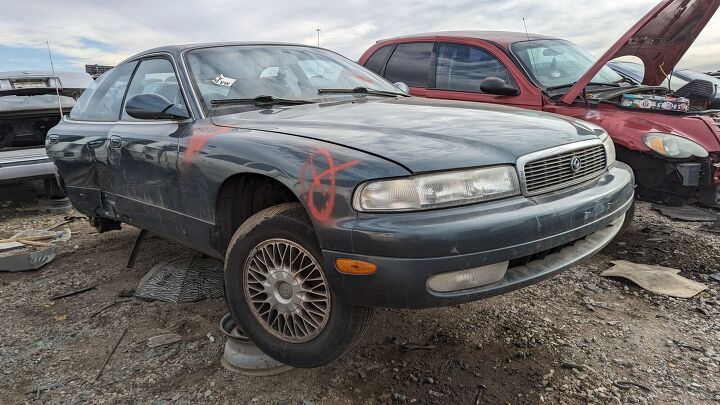
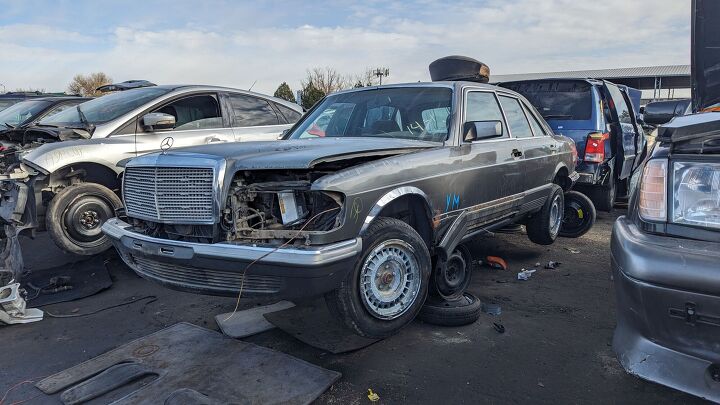
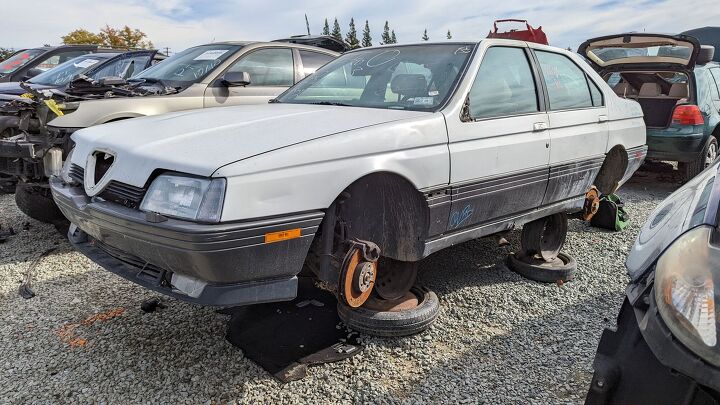

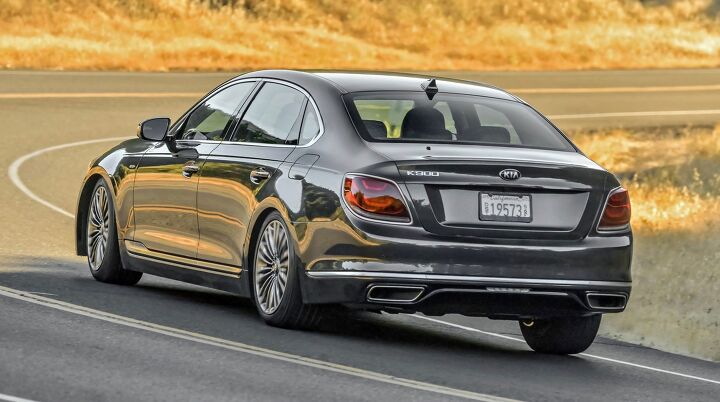
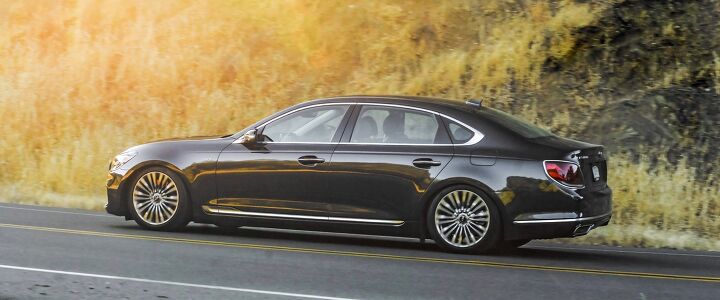






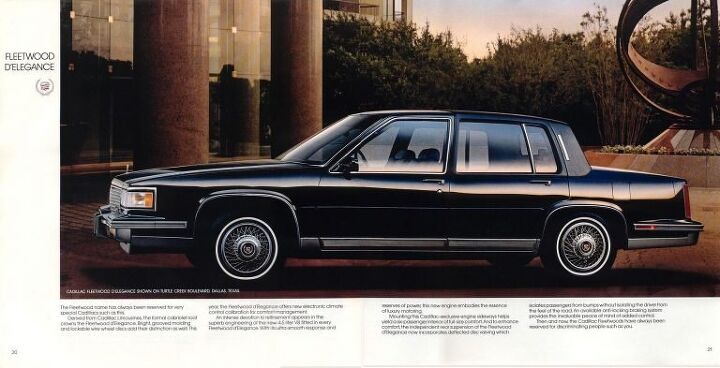
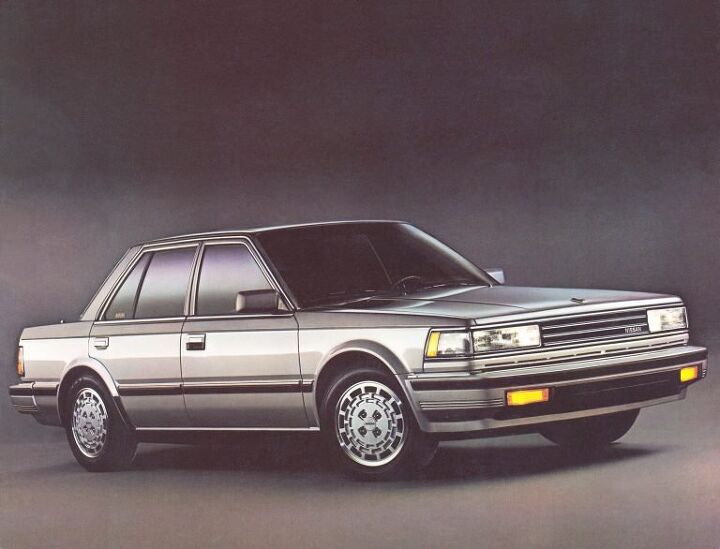













Recent Comments